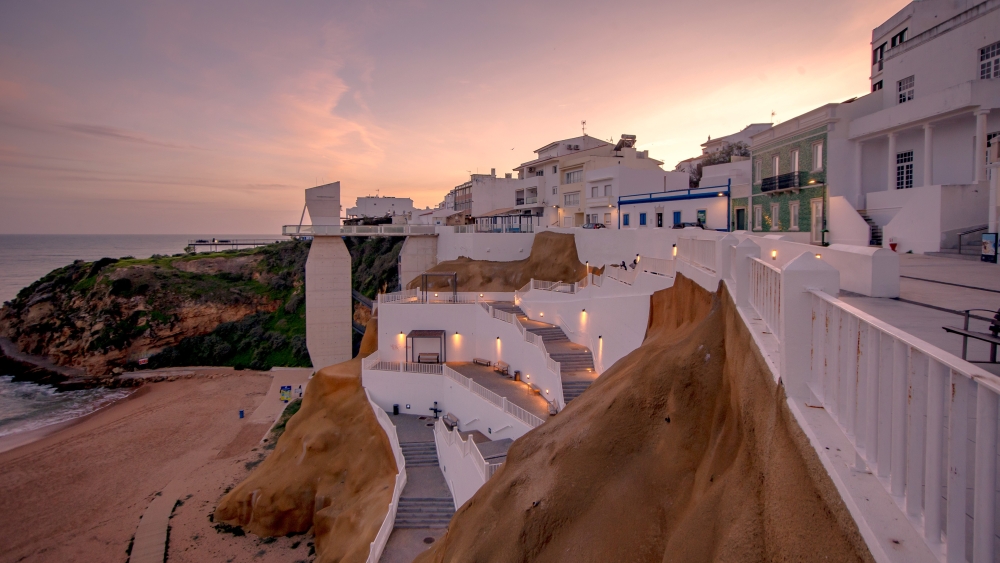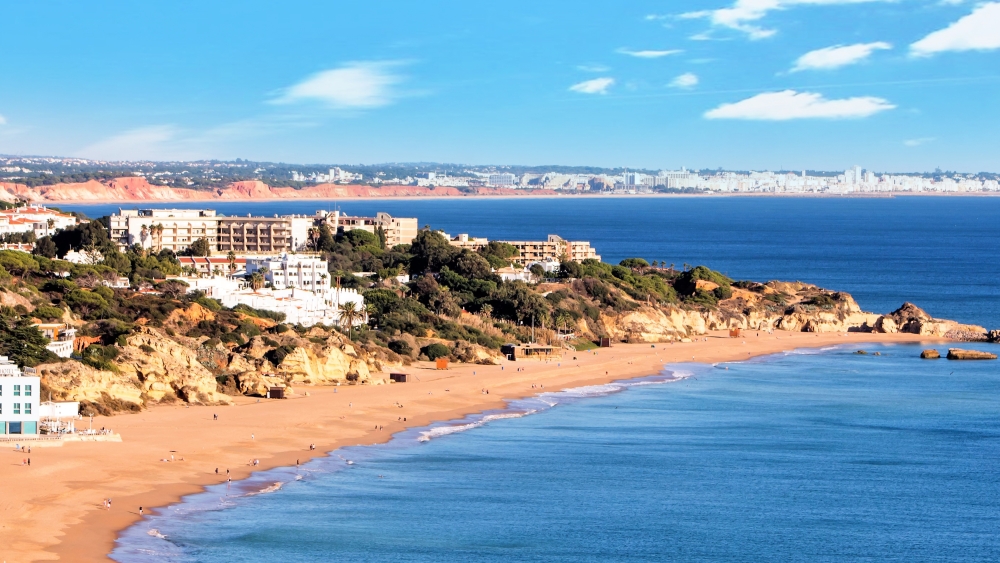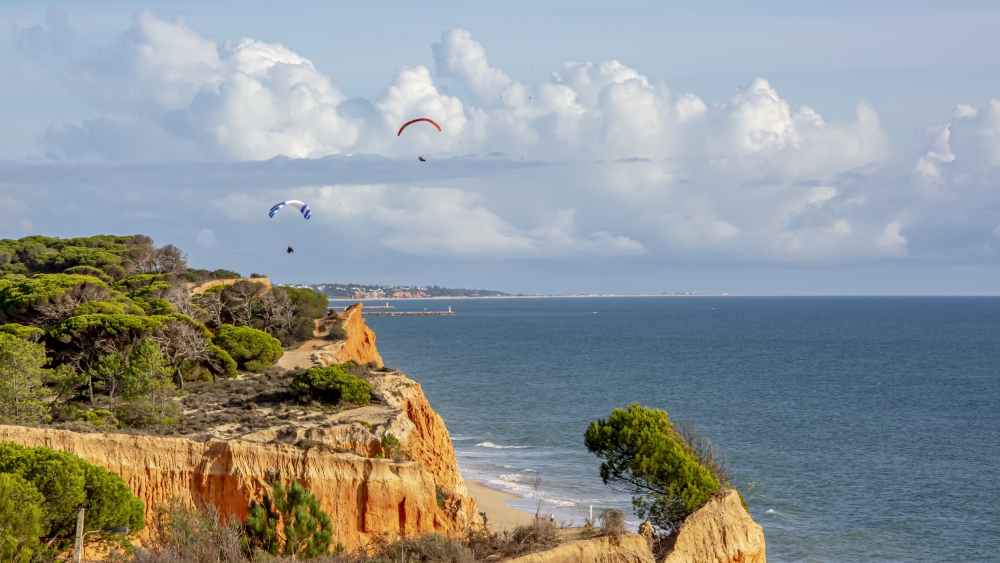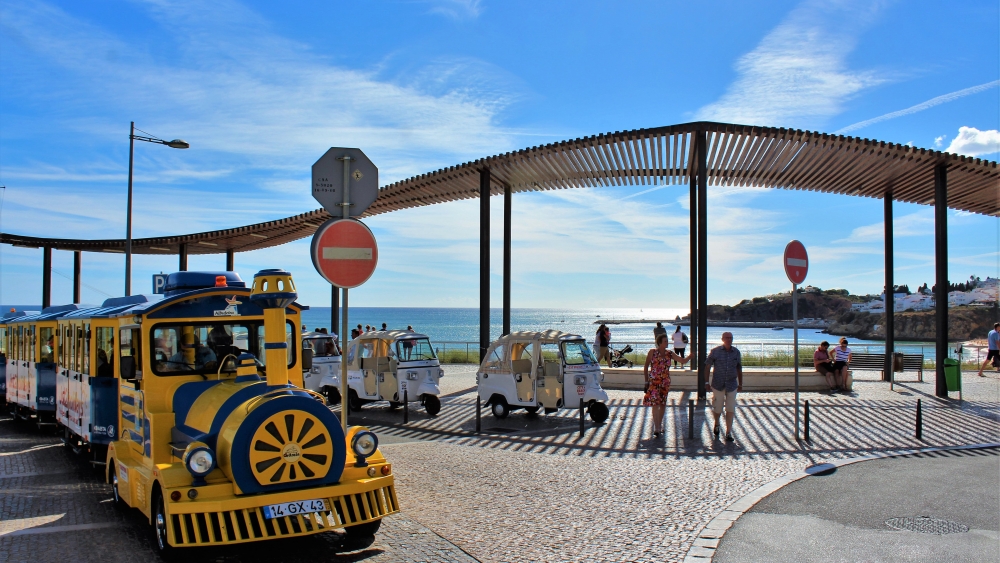Município de Albufeira
A town that dates back to pre-historic times, the location that currently harbours Albufeira was an important fishing and port centre according to evidence retracted from the Neolithic and Bronze Ages.
Many civilizations passed through these lands…The Romans baptized the town, Baltum, and later the Arabs named it Al-buhera, or “sea castle”, giving rise to the current place name of the town.
Albufeira was one the Algarve sites under Arab rule for the longest period of time, protected by almost impenetrable walls and fortifications. During this time, most of the Algarve was under Christian dominion, while Albufeira was still dominated by the Moors that had developed a prosperous farming and trade activity with North Africa.
After the five centuries of Arab dominion, Albufeira was finally conquered by King Afonso III in 1246, who later donated the town to the Order of Aviz.
The prolonged Muslim dominion is reflected in farming techniques, the introduction of new cultures, architecture of the ancient city centre and in language influences that are still present nowadays.
On 20 August 1504, the Charter was given to the city by King Manuel I.
In 1755, following the earthquake of 1st November, a giant wave destroyed most of the town, leaving only 27 houses. Once recovered from the quake, Albufeira would suffer another catastrophe, only this time it was man-made. In 1833, during the civil war between absolutists and liberals, the absolutist guerrillas sieged and set fire to the town, resulting in the death of 174 inhabitants.
From the middle of the 19th century Albufeira would re-emerge as an important fishing centre, with increasing economic growth that intensified at the start of the 20th century with a raise in fish exports, dry fruit and the creation of various factories that provided work to around 800 people.
However, between the 30s and 60s of the 20th century, the city suffered a period of decadence. After the bankruptcy of ship owners and factories, many homes and vessels were abandoned and the number of inhabitants was drastically reduced.
After the mid-60s, Albufeira would firstly attract national tourists and then British tourists, which resulted in a tourist boom that helped to re-establish the economy of the council.
Promoted to city in 1986, it was also in this decade that Albufeira experienced urban growth. Consequently, the city expanded toward the east, where most administrative services are currently located.








